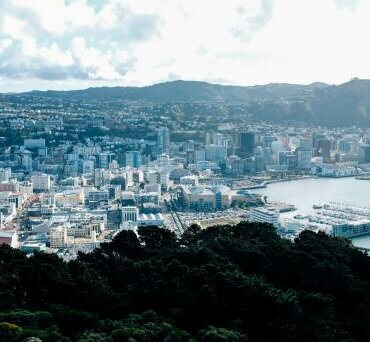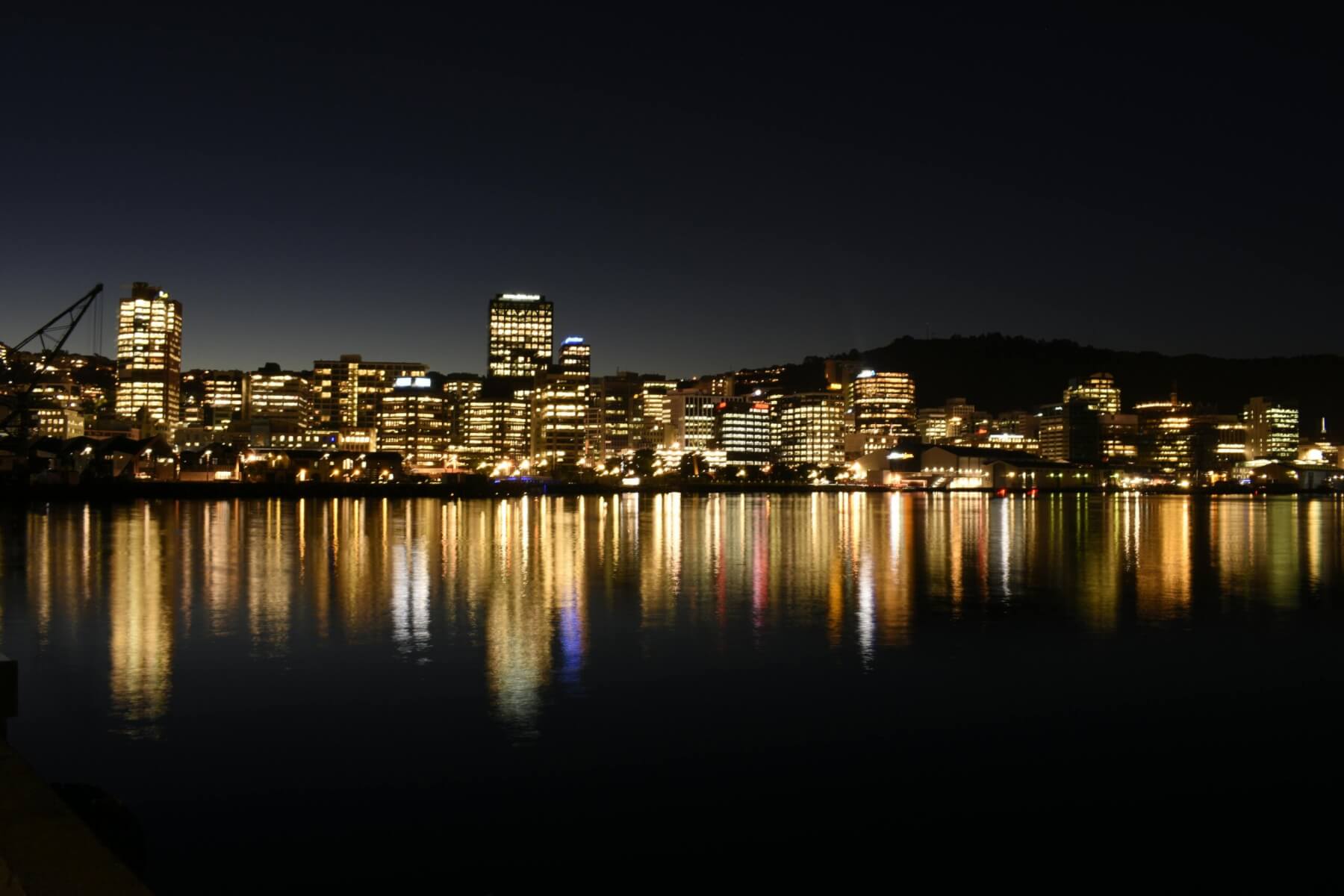
Wellington, New Zealand. Photo: Adrien Olichon, pexels.com
Last week in Wellington I was lying in bed getting ready to sleep when I thought I felt the rumblings of a large truck going by. It died down, then a stronger shake hit. The “truck” was the initial phase of a magnitude 4.9 earthquake that originated below the Cook Straight at 22km depth and 25 km northwest of Wellington.

Janine Krippner
This is the second largest I have felt. Many of you might have also been woken at 5:39am on January 4, 2023, by the magnitude 5.1 earthquake that originated about 5 km south of Te Aroha, at 7 km depth.
While last week’s shake was decent enough to get the adrenaline flowing but not intense enough to shake anything over where I was, it is a good reminder that we live in an active country and a great time to ponder what we would do in a larger event.
In New Zealand we don’t have the luxury of pretending that our country won’t be impacted by another devastating earthquake. We will. It is a matter of when and where, not if.
A few hours before last week’s shake, I attended a fascinating public lecture at Victoria University of Wellington by Professor Rebecca Bednarek on the system of providing insurance when disasters strike. There are so many moving parts that determine how we recover from a disaster, and large events impact the entire country economically. It takes a mix of personal responsibility, private corporations, and our government all doing what we need to.
Insurance becoming unaffordable is a scary thought when how quickly and smoothly we recover depends on a heck of a lot of money. There is so much beyond the natural event itself that determines how much of a disaster we experience. It only becomes a disaster if we cannot cope with the hazard.
The personal responsibility aspect of this is where we can shine as individuals and communities. There is plenty that we can do, which I will continue to share through this column. For now, check out advice given online at getready.govt.nz and perhaps commit to one small step to begin with. Have a chat with your household and/or neighbours about what you would do, especially if you are separated if an earthquake hits.
Also go through the steps in your mind on what to do when an earthquake strikes. Remember: Drop, Cover and Hold on. If you are in bed like I was, you can cover your head with a pillow and wait. Maybe don’t have a sword collection above your bed, and remember that standing in a doorway is outdated advice. If you experience a damaging earthquake, have shoes ready so you don’t step on glass or anything else that might make recovery more painful.
These smaller jolts are signs of how active our country is, and of the processes that have shaped our landscapes. We are not powerless to these enormous forces, there is plenty of research and learned experience that can help us to come out better off.

Wellington, New Zealand. Photo: Adrien Olichon, pexels.com

Wellington, New Zealand. Photo: Trina Snow, pexels.com








